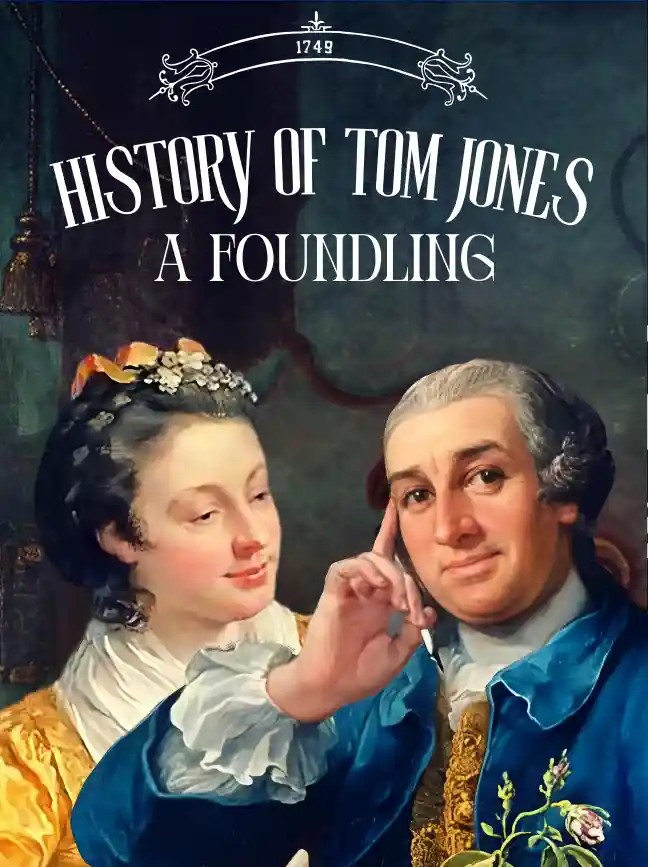DURING HER LIFETIME,
Charlotte Perkins Gilman (1860-1935) won
international acclaim as an author, lecturer, and leading
activist for women’s rights. At the height of her fame, her feminist treatises, such as Women and Economics and His Religion and Hers, were read in translation around the world, dozens of her titles were in print, and she was invited to speak at suffragette conventions in London, Budapest, and Berlin. After World War I, however, Gilman’s popularity began to diminish (in part due to her association with the socialist movement), and by the time of her death much of her
work was forgotten. It was only with the rebirth of the feminist movement in the 1960s that interest in Gilman’s works was revived. Today she is valued as a stalwart and pioneering theorist whose writings (fiction and nonfiction alike) continue to be as incisive and timely as when they were first published.
Much of Gilman’s work originally appeared in The Forerunner, the monthly magazine she
singlehandedly wrote and published between 1909 and
1916. There stories and serialized novels ran alongside articles and essays on economic and social issues, frequently sharing common themes and concerns. Fiction served Gilman as a vehicle for her ideas, a way to pillory the pieties of the day and to present her visions of how society might be improved. By turns humorous and serious, her stories are usually leavened with a measure of optimism, revealing the author’s beliefs that society can change for
the better, and that fiction can offer some insight into how this may be achieved.








